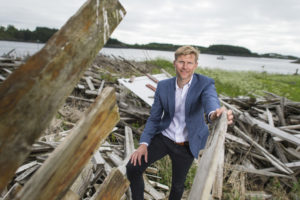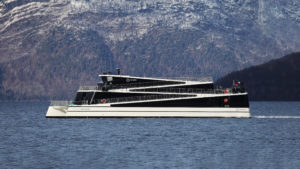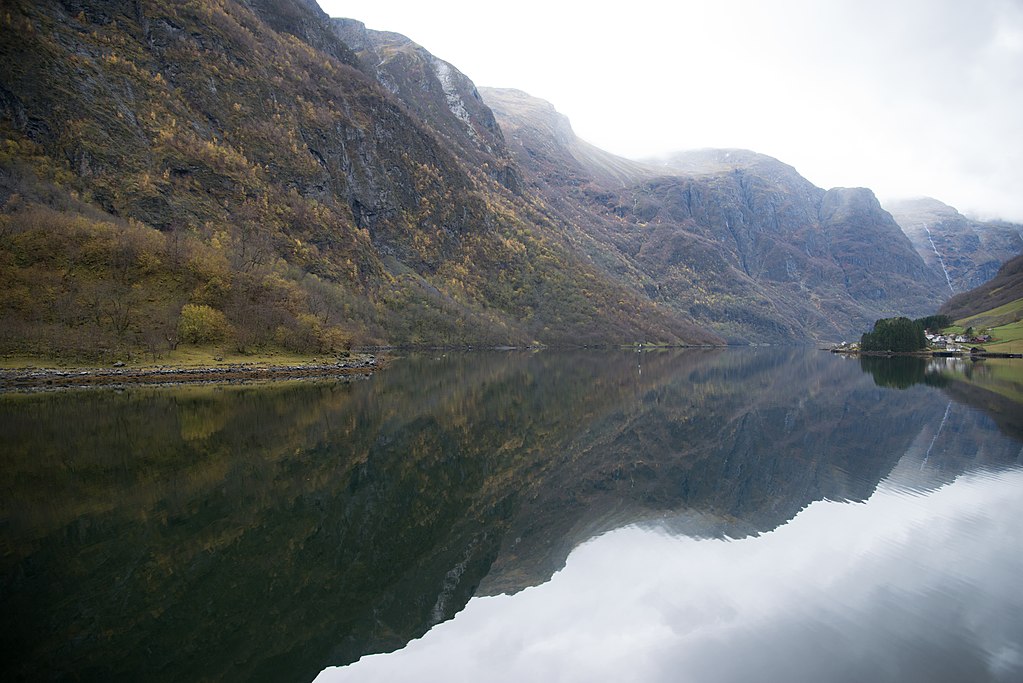NEW environmental rules in Norway come into force on March 1st. They apply to vessels, mostly cruise ships, sailing into the country’s five protected fjords, but already the Norwegian parliament has told its maritime directorate to assess the impact of rolling out the rules across the country’s other waters.
Five of Norway’s fjords are heritage sites under UNESCO, the UN Educational, Scientific and Cultural Organization. They are in Geirangerfjord and Nærøyfjord areas both north east of Bergen at about 62 degrees north.
Their beauty attracts hundreds of cruise ships every year, the result being that their emissions can create a smog that collects in the sheltered waters.
Under these new rules, the fuel content of any fuel used on board cannot exceed 0.1% by volume, which is similar to the current limit in the emission control areas. Exhaust gas cleaning systems can be used to allow higher sulphur content, cheaper, fuels to still be used, but with a major caveat.
The only permitted scrubbers are those that can be operated in a closed loop mode, where the wash water that is sprayed through the ship exhaust to remove sulphur oxides and particulates, is retained onboard rather than discharged into the fjords.
Cruise ships must also utilise a device to remove any visible water vapour from the ships emissions. This is quite controversial as it does not offer any direct environmental improvement, but any visible emissions from cruise ships is seen as making the UNESCO fjords less photogenic.
These new regulations include new NOx emissions limits for newbuildings, something that is also quite controversial. While shipping is now fairly accustomed to the NOx emission tiers in the emission control areas, the Norwegian authorities now say that any ship built after January 1 2020 must be tier one compliant if it is to enter the UNESCO fjords, tier 2 complaint if built after January 1 2022 and tier III compliant if built after 2025 and entering the heritage fjords.
The March 1 regulations also push cruise ship operators that do not have approved treatment technology onboard, to retain sewage and grey water onboard, and prevent them from using incinerators, meaning they must wait until the vessels are outside the fjord area before resumption of over board discharges and incineration.
Strangely Norway currently has some of the leanest discharge to sea regulations of any European country, allowing sewage discharge beyond 300 m from the shoreline..
The Norwegian parliament has already instructed the Norwegian Directorate to assess how these current regulations on sewage discharges can be tightened, as well as how the new emissions rules for the UNESCO fjords can be applied to other Norwegian waters.

Talking a journalists at a briefing at the Norwegian Maritime Authority headquarters in Haugesund in South West Norway, head of international environment Lars Christian Espenes said that the work to assess how these tighter emissions regulations can be applied around Norway has yet to be fully scoped out, but pointed to the practicality of imposing regulations on some of the large commercial vessels coming into iron ore ports like Narvik.
The final part of the rule could be even more controversial. It asks the Norwegian Maritime Authority to assess the impact of having regulations that ban all emissions in the heritage fjords, including CO2 emissions by 2026.
This could mean an almost complete ban for nearly all of the large cruise ships that currently bring tourists u the cruise every year. However a Norwegian technology consortium supported by NCE Maritime Cleantech, the government funded cluster organisation, is set to reveal one concept that could offer an emission free solution for existing vessels.

NCE chief executive Hege Økland said the consortium, which also has the two major cruise operators Royal Caribbean and Carnival, is set to reveal a solution later this spring, which could be ready to be used in 2026.
She said that the cluster organisation was in favour of the ban as this would promote the development of cleantech, and the Greener Cruising Cluster has had positive support from Carnival and RCCL who have been constructive and keen to find solutions.
She declined to give any details of what the solution could be.
Learn more about decarbonisation and Norway’s programme for emissions reduction at Nor-Shipping between June 4th – June 7th.
































